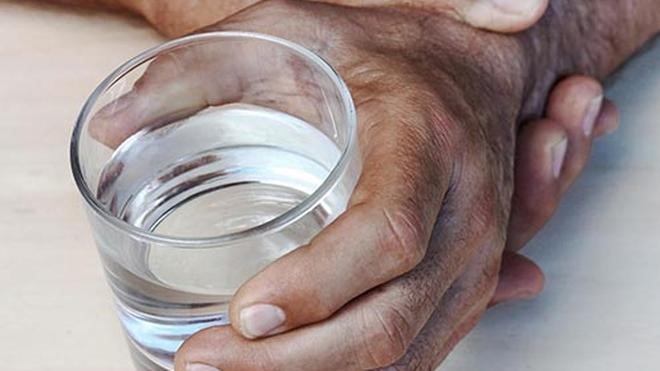
Parkinson’s Disease

02.08.2024
Parkinson’s Disease
|
For Prelims:About Parkinson’s Disease |
Why in the news?
Researchers recently said that a higher-than-expected prevalence of gene mutations in Parkinson's disease patients indicates that genetic testing should be offered to them more broadly.
About Parkinson’s Disease:
- It is a progressive neurological disorder that affects the nervous system and the parts of the body controlled by the nerves.
- It is a condition in which a patient has limited or no control over his movements and body balance.
- The risk of developing Parkinson’s disease naturally increases with age, and the average age at which it starts is 60 years old.
- Many studies have suggested that men are more likely to be affected by Parkinson’s than women.
Cause of the disease:
- It is caused by the degeneration of nerve cells in the part of the brain called the substantia nigra, which controls movement.
- These nerve cells die or become impaired, losing the ability to produce an important chemical called dopamine.
- Dopamine operates with other neurotransmitters to help coordinate the millions of nerve and muscle cells involved in the movement.
- Lack of dopamine causes the slowed movements and tremors symptoms of Parkinson's disease.
Symptoms of the disease:
- Parkinson's disease symptoms can be different for everyone.
- Early symptoms may be mild and go unnoticed.
- Symptoms often begin on one side of the body and usually remain worse on that side.
Parkinson's symptoms may include:
○Tremors (trembling in the hands, arms, legs, and jaw); rigidity (stiffness of the limbs); slowness of movement; and impaired balance and coordination.
○Patients may also experience other symptoms such as difficulty in swallowing, chewing, and speaking, urinary problems, constipation, skin problems, depression, emotional changes, and sleep disruption.
- Diagnosis: Currently, no blood laboratory or radiological tests are available to diagnose Parkinson’s disease.
- Treatment: There's no cure for this disease, but treatments can help significantly improve your symptoms.
Source: The Hindu
Ques :- Consider the following statements regarding Parkinson’s Disease:
Statement-I
It is a progressive neurological disorder that affects the nervous system.
Statement-II
Women are more likely to be affected by Parkinson’s than men.
Which one of the following is correct in respect of the above statements?
A.Both Statement-I and Statement-II are correct, and Statement-II is the correct explanation for Statement-I.
B.Both Statement-I and Statement-II are correct, and Statement-II is not the correct explanation for Statement-I.
C.Statement-I is correct, but Statement-II is incorrect.
D.Statement-I is incorrect, but Statement-II is correct.
Answer C